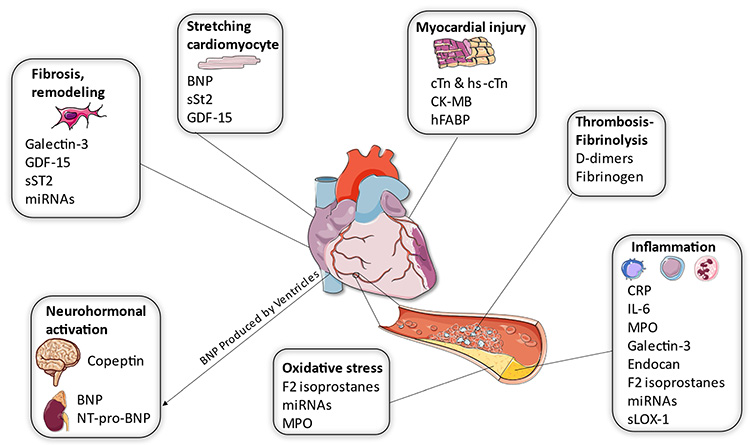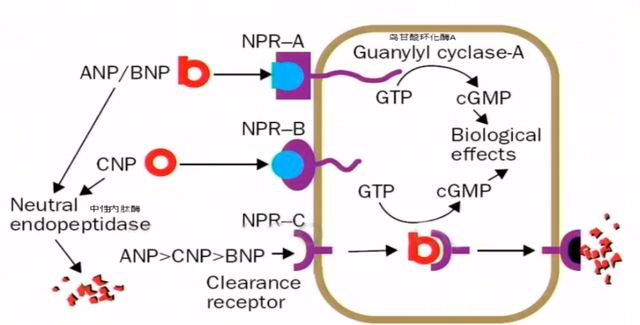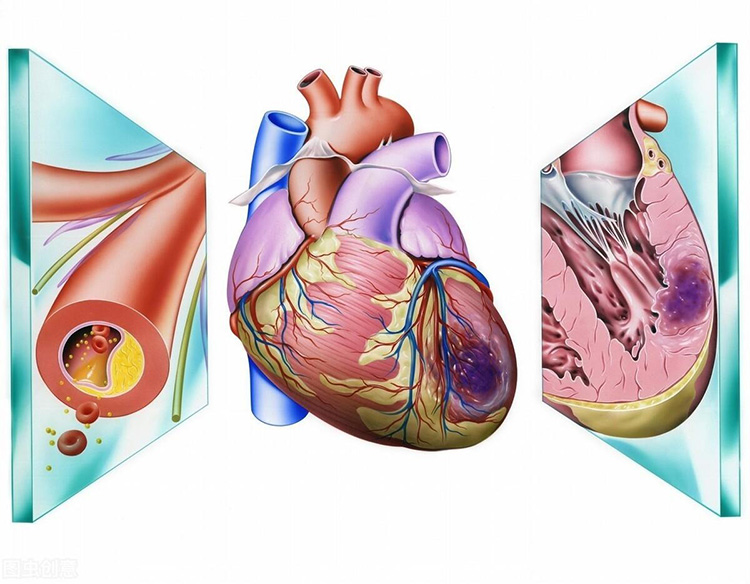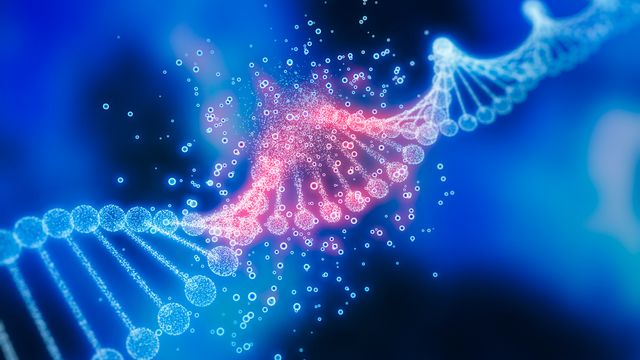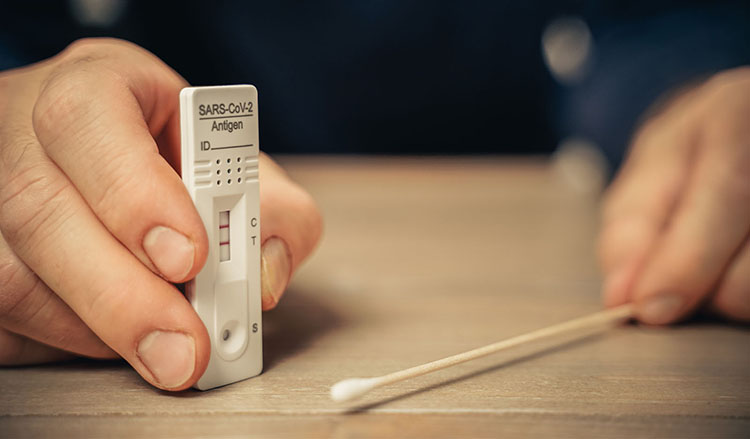Summary of 37 autoantibody related projects!
What is an autoantibody test?
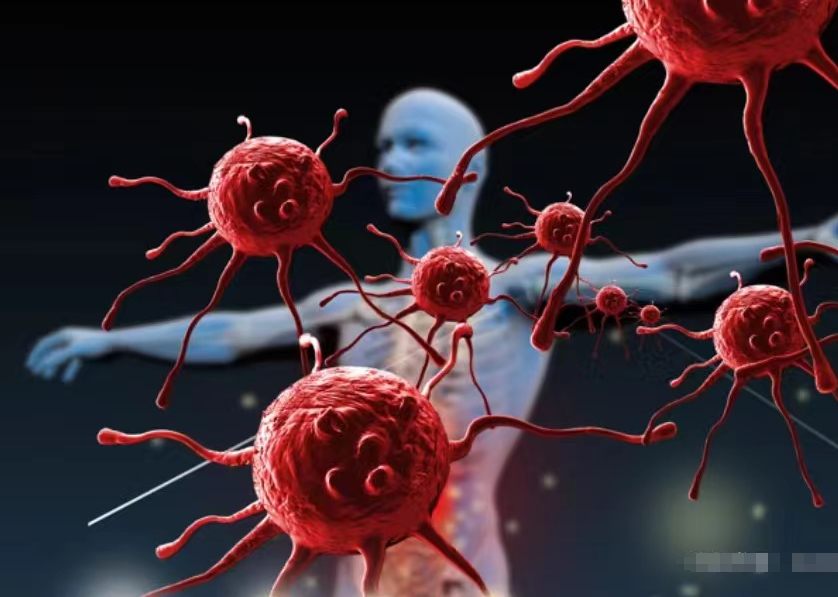
Autoantibodies are antibodies produced in the body of patients with autoimmune diseases against their own tissues, organs, cells and intracellular components, and are an important sign of autoimmune diseases.
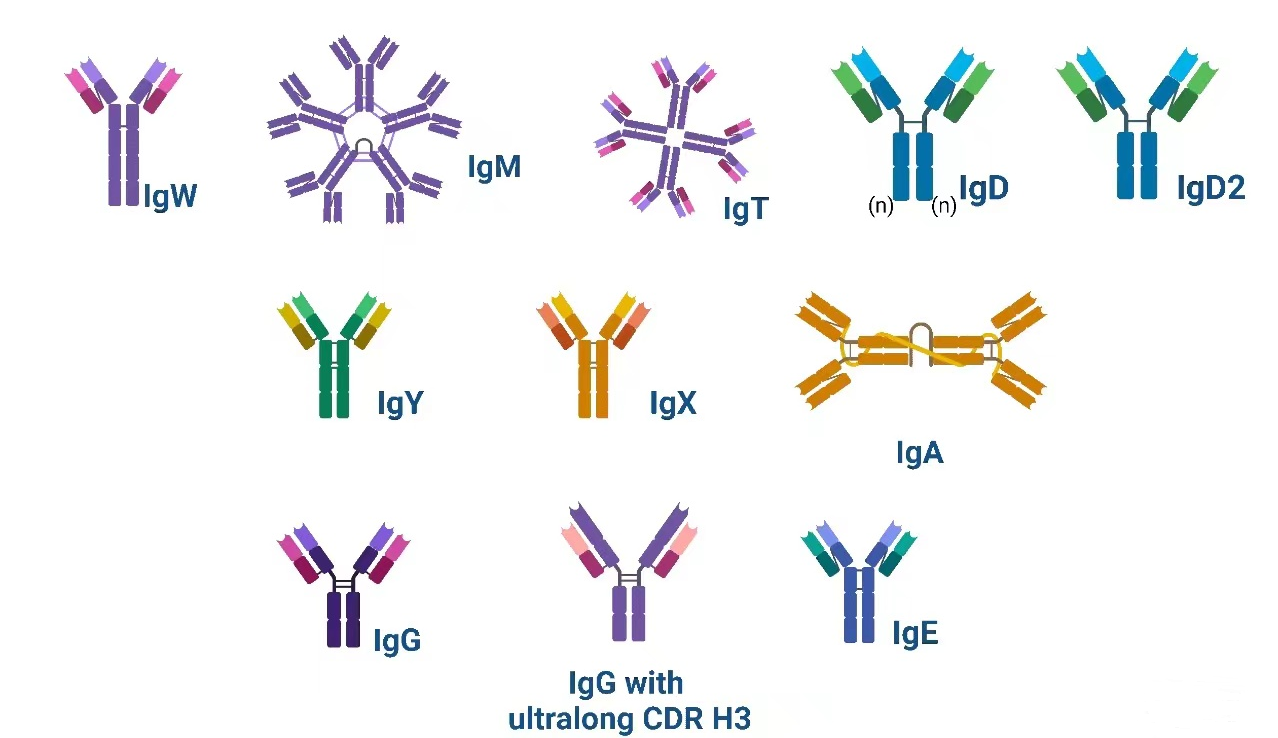
The autoantibody items are mainly divided into the following categories: antinuclear antibody spectrum, antineutrophil cytoplasmic antibodies (ANCA), autoimmune liver disease antibodies, type I diabetes antibodies, antiphospholipid syndrome antibodies, and anti-rheumatoid arthritis antibodies.Each autoimmune disease is accompanied by characteristic autoantibodies. High titer autoantibodies are one of the characteristics of autoimmune diseases and an important basis for clinical diagnosis of autoimmune diseases. Many autoimmune diseases can produce multiple autoantibodies, and the same autoantibody can be involved in multiple autoimmune diseases.
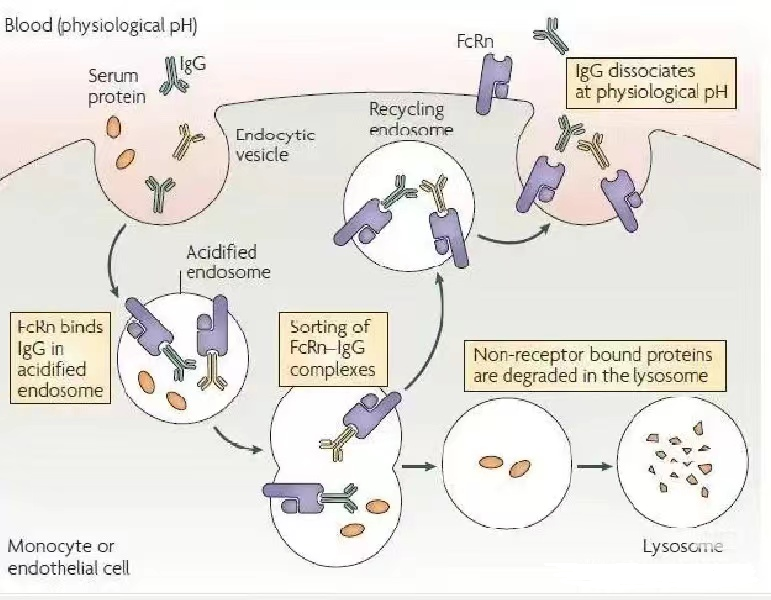
Summary of Autoantibody Related Projects
1. Antinuclear antibodies (ANA)
| ANA test items | Clinical significance of autoimmune disease screening |
Anti-Histone Antibody (His) | It can occur in a variety of CTDs and is not disease-specific. If it occurs alone without other antibodies, it can be diagnosed as drug-induced lupus erythematosus (DIL). |
| Anti-double-stranded DNA antibodies (dsDNA) | A specific marker for systemic lupus erythematosus (SLE) (60-90%), an indicator of disease activity and lupus nephritis. |
| Anti-nucleosome antibody (Nuc) | A hallmark antibody of SLE, it can be used for early diagnosis of SLE and is associated with lupus nephritis. |
| Anti-Sm antibodies (Sm) | Anti-Sm antibodies are highly specific for the diagnosis of SLE. The incidence of antibodies is 5-30%. |
| Anti-ribonucleoprotein nRNP antibody (nRNP) | It is a marker antibody for mixed connective tissue disease (MCTD), with a positive rate of 95-100%. It can also be positive in SLE, but it is usually accompanied by Sm antibody positivity. |
| Anti-Ro52 antibodies | In Sjögren's syndrome (SS), the antibody positivity rate is 40-95%; in SLE, the antibody positivity rate is 20-60%; in neonatal lupus erythematosus, the antibody incidence rate is 100%. |
| Anti-SSA antibodies (SSA) | Not disease-specific, they can occur in a variety of autoimmune diseases. |
| Anti-SSB antibodies (SSB) | Highly specific for diagnosing SS, with an antibody incidence of 40-95%; they can also be found in SLE, with an antibody incidence of 10-20%. |
| Anti-Scl-70 antibody (Scl-70) | It is a serum-specific antibody for systemic sclerosis, with a 100% specificity for diagnosing systemic sclerosis. The positive test of this antibody is closely related to diffuse skin changes, proximal skin involvement, pulmonary interstitial fibrosis, heart involvement, and kidney involvement, and is considered an indicator of poor prognosis. |
| Anti-PM-Scl antibodies (PM-Scl) | Polymyositis/dermatomyositis (8%), diffuse PSS (3%). |
| Anti-centromere protein B antibody (CENP-B) | It is a specific antibody for systemic sclerosis subtype-CREST syndrome, with a positive rate of up to 80-90%; it is also seen in primary biliary cirrhosis (PBC), with an antibody incidence of 10-20%. |
| Anti-histidyl tRNA synthetase antibody (Jo-1) | Seen in polymyositis, with a positive rate of 25-35%; common in combined pulmonary fibrosis syndrome. |
| Anti-proliferating cell nuclear antigen antibody (PCNA) | SLE hallmark antibody (2-10%), the correlation with clinical symptoms is unclear, and may be related to SLE diffuse glomerulonephritis. |
| Anti-ribosomal protein P0 antibody (P0) | SLE's hallmark antibody, associated with involvement of the central nervous system, liver or kidney, present in active SLE and lupus encephalopathy (50-90%). |
| Anti-mitochondrial M2 antibody (AMA-M2) | AMA M2 antibody is detectable in approximately 90% of patients with primary biliary cirrhosis (PBC). Therefore, this antibody has an extremely high diagnostic sensitivity and, under certain conditions, is a marker for PBC. |
2. Antineutrophil cytoplasmic antibodies (ANCA)
| Test items | Clinical significance of autoimmune disease screening |
Anti-myeloperoxidase (MPO) antibody | Mainly associated with polyangiitis (MPA), crescentic glomerulonephritis (NCGN), and allergic granulomatous vasculitis (CSS). Positive anti-MPO antibody strongly suggests necrotizing vasculitis or idiopathic glomerulonephritis. |
| Anti-proteinase 3 (PR3) antibody | It is a hallmark antibody of Wegener's granulomatosis (Wegener), and its specificity for diagnosing WG is greater than 95%. Its sensitivity is related to the activity of the disease. In the initial inactive WG, the positive rate is only 50%, while the active typical WG can reach 100% positive. |
| Anti-glomerular basement membrane (GBM) antibody | It is a specific antibody for glomerular basement membrane nephritis. Anti-GBM antibodies can be found in about 90% of patients with Goodpasture's syndrome. The titer of anti-GBM antibodies can be related to the activity of Goodpasture's syndrome and can be used to detect changes in the disease and observe clinical efficacy. |
3. Autoimmune liver disease antibodies
| Test items | Clinical significance of autoimmune disease screening |
Anti-liver kidney microsome type I (LKM-1) antibodies | Only about 1% of adult autoimmune hepatitis (AIH) patients have positive anti-LKM-1 antibodies in their sera, but the positive rate of anti-LKM-1 antibodies is higher in children. Anti-LKM-1 antibodies can also be detected in the sera of 1-2% of hepatitis C patients. |
| Anti-liver cytosolic antigen type 1 (LC-1) antibodies | A specific indicator of autoimmune hepatitis, the positive rate in AIH is about 2%, but its specificity is very high. It is another specific marker for type 2 AIH, with a positive rate of 48% and a specificity of 99% in type 2 AIH; it can appear alone in type 2 AIH or with other autoantibodies such as LKM antibodies (60-70%); anti-LC-1 antibodies are more specific for AIH than LKM antibodies. |
| Anti-soluble liver antigen/hepatopancreas antigen (SLA/LP) antibodies | Anti-SLA/LP antibodies are highly specific for AIH. So far, it has not been found in other diseases or normal people, so its diagnostic value is very high. It is the most specific indicator of autoimmune hepatitis, with a positive rate of almost 100%. If corresponding clinical symptoms occur, each positive result can basically be diagnosed as AIH. |
| Anti-soluble acidic phosphorylated nuclear protein antibody 100 (sp100) antibody | A specific indicator of primary biliary cirrhosis (PBC), with a positive rate of 20%-30% in PBC patients, and a certain positive rate in AIH. |
| Anti-nuclear membrane glycoprotein 210 (gp210) antibody | A specific indicator of primary biliary cirrhosis (PBC), with a positive rate of 20%-30% in PBC patients. There is also a certain positive rate in AIH. |
| Anti-mitochondrial M2 (AMA-M2) antibody | AMA M2 antibody can be detected in about 90% of PBC patients. Therefore, this antibody has extremely high diagnostic sensitivity and is a marker for PBC under certain conditions. |
4. Type I diabetes antibodies
| Test items | Clinical significance of autoimmune disease screening |
Islet cell antibodies (ICA) | Diabetes diagnosis and classification, the positive rate of newly diagnosed type 1 diabetes is 60-85%. |
| Glutamate deacidase antibodies (GAD) | Type 1 diabetes (70-90%), stiff-person syndrome (60-100%). |
| Insulin autoantibodies (IAA) | The positive rate in newly diagnosed T1DM patients is 40%, and those with high titer IAA develop the disease faster. |
5. Antiphospholipid syndrome antibodies
| Test items | Clinical significance of autoimmune disease screening |
Anticardiolipin antibody IgA/IgM/IgG | Clinically, a group of symptoms including recurrent arteriovenous thrombosis, thrombocytopenia, habitual abortion, neuropsychiatric damage and other symptoms are called antiphospholipid syndrome (APS). This type of antibody is mainly divided into IgA/IgM/IgG, with a positive rate of 87 %. These antibodies can also occur in a variety of rheumatic diseases. |
| Anti-β2 glycoprotein type I antibody IgA/IgM/IgG | Antibodies occur in systemic autoimmune diseases (SLE, SSc, and APS), and these antibodies are significantly elevated and more disease-related in secondary APS compared with SLE controls without a history of thrombosis. |
6. Rheumatoid arthritis antibodies
| Test items | Clinical significance of autoimmune disease screening |
Rheumatoid factor antibody IgA/IgM/IgG | IgM-RF is the most common antibody currently tested clinically and is also the most specific. Its increased concentration is related to rheumatism and vasculitis; IgG-RF is common in rheumatoid patients with rheumatoid arthritis, rheumatoid vasculitis and high titer IgM-RF; IgA-RF titer is strongly correlated with the severity of joint inflammation and bone destruction, and can be used as an important indicator for evaluating the prognosis of RA. |
| Anti-cyclic citrullinated polypeptide antibody (CCP) | RA-specific antibody, sensitivity (36-59%), specificity 95%, is an indicator of disease activity and prognosis. Combined detection of anti-CCP antibodies and rheumatoid factor is of great significance for the diagnosis and prognosis of rheumatoid arthritis. |
More News





